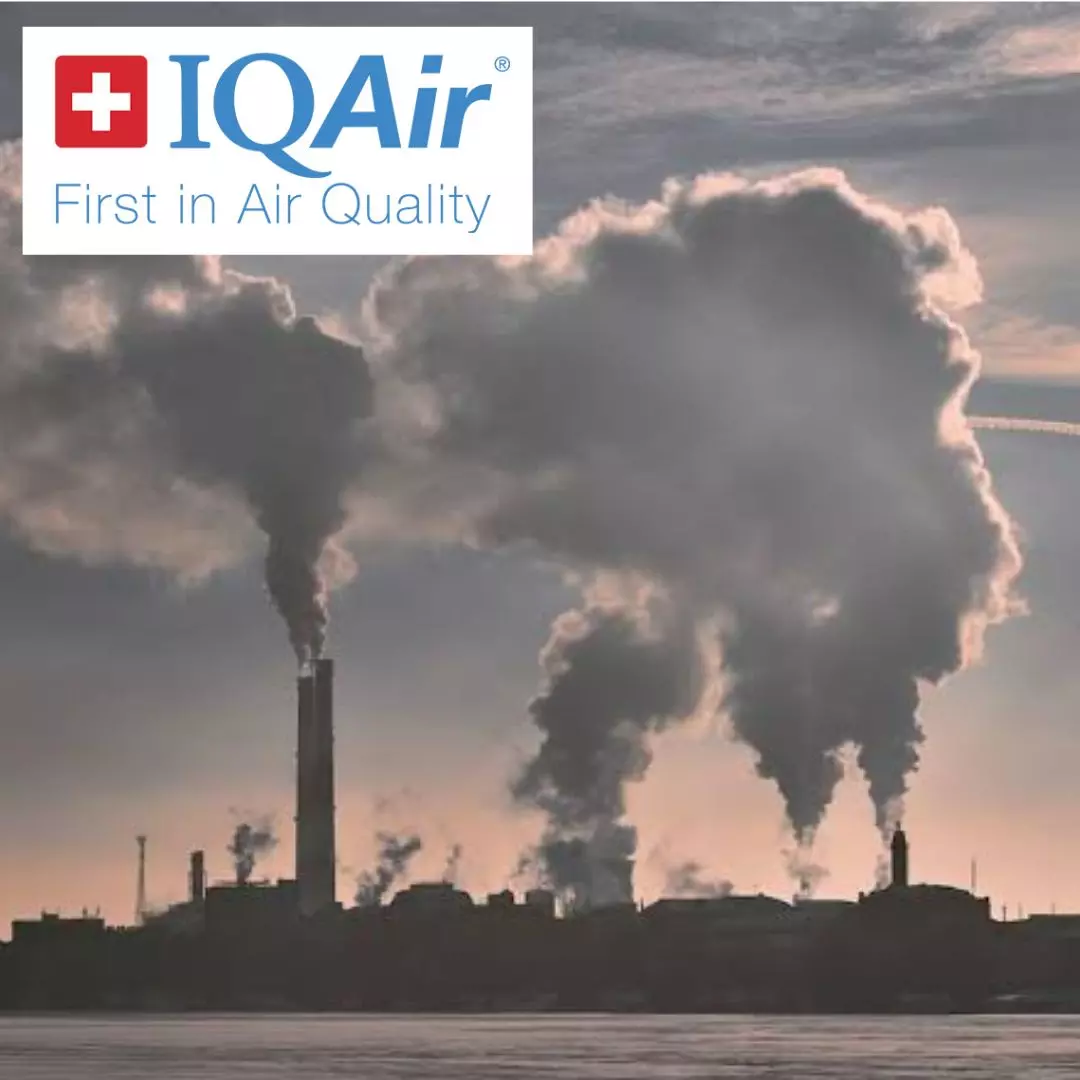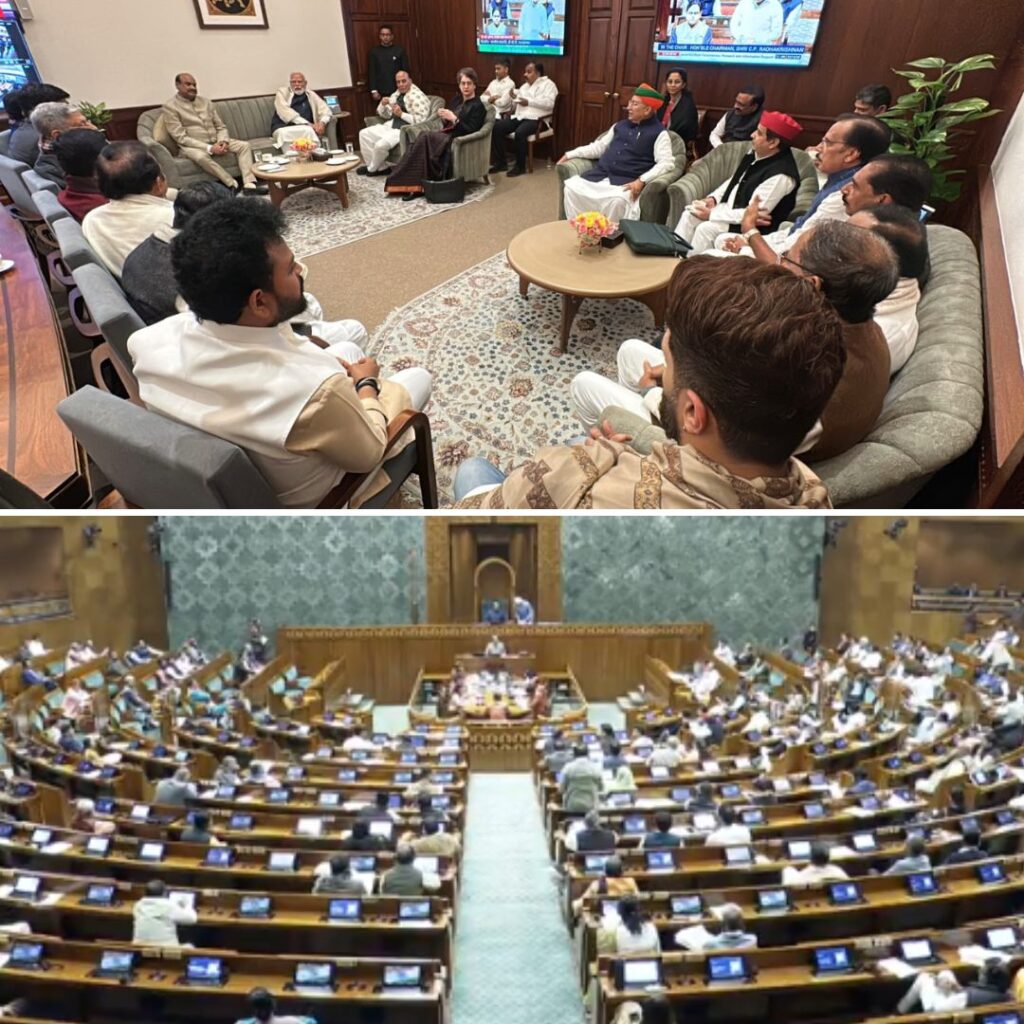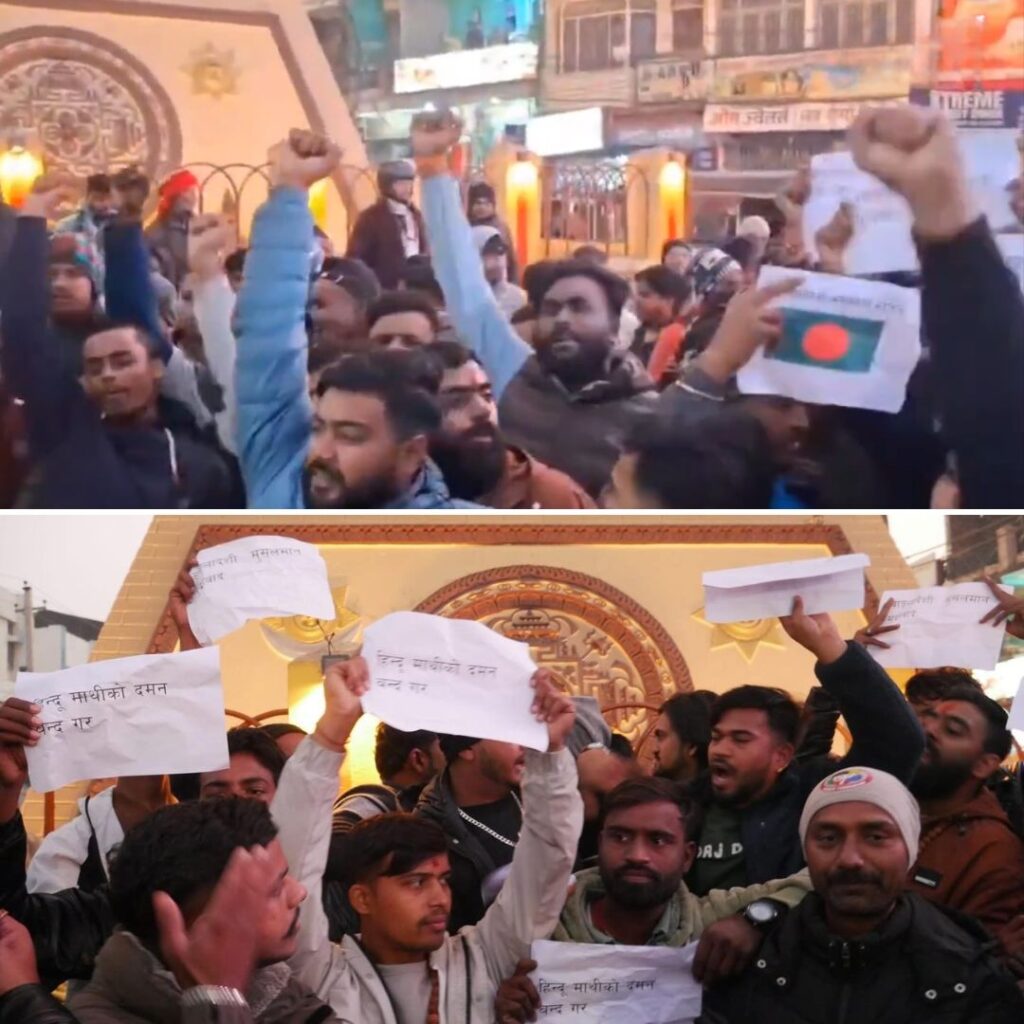Air Quality Index has become a growing concern among nations, with increased human activity depleting the quality to hazardous levels in many regions. To such an extent that India started seeing cleaner and better air quality during the pandemic lockdown, where human activity was restricted to a large extent. With everything returning to normal, the air condition has also depleted parallelly. A recent Annual World Air Quality Report highlights this fact by stating that India’s air quality has turned seven times worse than the standards set by the World Health Organisation (WHO).
The fifth Annual World Air Quality Report, released by IQAir, a swiss air quality technology company, revealed that India’s air quality index has dropped to threatening levels. However, an even more shocking revelation was that while New Delhi is the second most polluted capital city in the world, it is not the most polluted city in India. The title of the most polluted city in India was given to Rajasthan’s Biwadi.
The organisation surveyed nearly 60 per cent of the Indian cities and found that the region has pollution at nearly seven times the WHO standards. Biwadi reported an annual Particulate Matter 2.5 (PM2.5) level of 92.7, making it the most polluted in 2022. This report comes across despite India’s commitment in 2022 to reset its National Clean Air Program targets to reduce PM 2.5 concentrations by 40 percent by 2026. The report made it a point to highlight the policy decisions, including relaxation of environmental regulations for coal mines and permit to increased production that drover particulate matter, as a driving factor to hindering the country from achieving the goal.
Monitoring Air Pollution
The report collected data from over 30,000 air quality monitoring stations across 7,323 locations in 131 countries. Among the top five highly polluted countries in 2022 included Chad, Iraq, Bahrain, Pakistan, and Bangladesh. Regions of Central and South Asia were home to about eight of the world’s ten cities with the worst air pollution.
It was made clear that India’s air quality is in a dire state, and the government would have to adopt an urgent action plan to reduce air pollution. Campaign manager at Greenpeace India, Avinash Chanchal, called for measures such as stricter regulations on industries and vehicles, investment in ‘real’ public transportation systems to reduce the number of vehicles on roads, and a dedicated investment in renewable energy in a decentralised manner.
India Today cited the report saying that while the number of countries with air quality monitoring has steadily increased over the past five years, there remain significant gaps in government-operated regulatory instrumentation in several regions. They also stated that a large proportion of the population is unaware that they are breathing polluted air. Aidan Farrow, Air Quality Scientist at Greenpeace International, commented that air pollution monitors provide data that can move communities to demand change and hold polluters accountable. However, if the monitoring in itself is patchy or unequal, vulnerable communities are left with no data to act on.
Also Read: Declining Air Quality! Rural Villages Account For 41% Of Atmospheric Pollution, Reveals Study
https://thelogicalindian.com/h-upload/2023/03/15/500x300_230567-untitled-design-6.webp
Environment
2023-03-15 08:55:35.0
India’s Air Quality Seven Times Worse Than WHO Standards, Delhi Second Most Polluted Indian City












